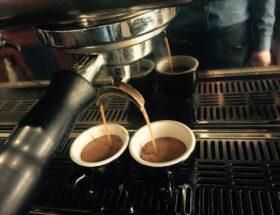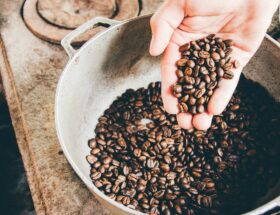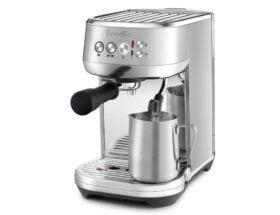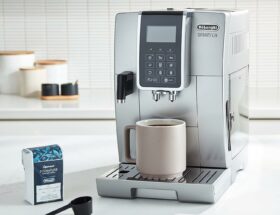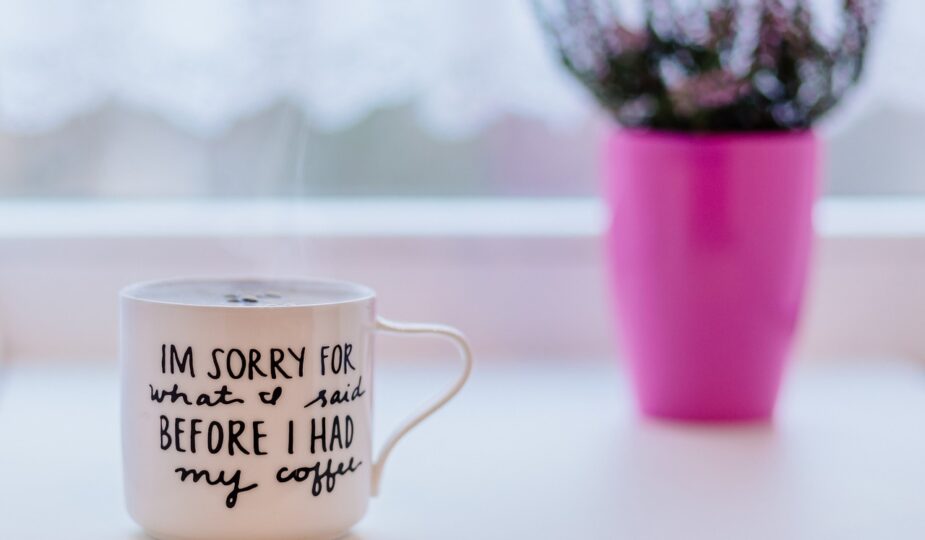
Good vs Bad Coffee: Recognizing the Difference
Welcome to the wonderful world of coffee! For many of us, a cup of java in the morning is an essential part of our daily routine. But have you ever stopped to think about the quality of the coffee you’re consuming? Not all coffee is created equal, and knowing the difference between good and bad coffee can significantly enhance your caffeinated experience.
In this blog post, we will explore the characteristics of good and bad coffee and provide you with the knowledge you need to distinguish between the two. So, grab a mug of your favorite brew and let’s dive into the world of coffee!
Table of Contents
The Importance of Recognizing the Difference between Good and Bad Coffee
For coffee lovers like us, there’s nothing more disappointing than starting the day with a cup of bad coffee. The bitter taste, lack of aroma, and overall dullness can ruin our mornings. That’s why it’s crucial to recognize the difference between good and bad coffee to ensure a satisfying coffee-drinking experience every time. In this blog post, we’ll explore the key factors that distinguish good coffee from bad coffee, helping you make better choices and enjoy every sip.
The Bean Matters: Quality and Sourcing
One of the primary factors that determines the quality of coffee is the type of bean used. Good coffee is made from high-quality beans that have been sourced responsibly. These beans are typically grown in favorable climates, harvested at the right time, and carefully processed to preserve their flavor and aroma. On the other hand, bad coffee often uses low-grade beans that are mass-produced, resulting in a bland and subpar taste.
The Roasting Process: Art and Science
The way coffee beans are roasted plays a vital role in the final taste. Good coffee is often roasted by experts who understand the delicate balance between preserving the beans’ natural flavors and bringing out their unique characteristics. These roasters employ precise temperature control and monitoring techniques to ensure a perfect roast. Bad coffee, on the other hand, may be over-roasted or roasted unevenly, resulting in a burnt or overly bitter taste.
Freshness: From Bean to Cup
When it comes to coffee, freshness is key. Good coffee is freshly roasted and ground just before brewing, allowing you to savor its full flavors. On the contrary, bad coffee may have been sitting on the shelf for too long, losing its freshness and becoming stale. As a result, the aroma and taste are greatly compromised, leaving you with a lackluster experience.
The Brewing Process: Techniques and Tools
Even with the best beans, sourcing, and roasting, the brewing process can make or break the coffee. Good coffee is brewed using well-maintained equipment, such as a quality coffee maker or manual brewing tools. The right water temperature, brewing time, and extraction method are carefully considered to enhance the flavors and aromas of the coffee. Bad coffee, on the other hand, may be brewed with subpar equipment or using incorrect brewing techniques, leading to an inferior taste and weaker flavors.
Personal Preference: Tasting Notes and Preferences
Lastly, the difference between good and bad coffee can also come down to personal preference. What may be good coffee for one person may not be the same for another. Experimenting with various coffee origins, blends, and flavors can help you discover your own preferences. By recognizing the characteristics of good coffee and understanding what you enjoy, you can brew a cup that satisfies your taste buds every time.
In conclusion, recognizing the difference between good and bad coffee is crucial for any coffee lover. By considering the bean quality, roasting process, freshness, brewing techniques, and personal preferences, you can make informed choices and ensure a delightful coffee experience. So, next time you reach for your coffee, make sure it’s good coffee – your taste buds will thank you!
Frequently Asked Questions: Good vs Bad Coffee
1. What are the signs of good coffee?
When it comes to recognizing good coffee, there are a few key signs to look out for:
- Strong, rich aroma
- Flavor complexity and depth
- Smooth and balanced taste
- Freshly ground beans
- Proper brewing techniques
2. How can I tell if my coffee is bad?
Identifying bad coffee can save you from disappointment. Look out for these common signs:
- Stale or unpleasant aroma
- Bland or bitter taste
- Over-extracted or under-extracted flavors
- Low-quality or expired beans
- Improper brewing methods
3. What factors can affect the taste of coffee?
Several factors contribute to the taste of coffee:
- Bean quality and origin
- Roasting level
- Grind size and consistency
- Water quality and temperature
- Brewing method and technique
4. How can I improve the quality of my coffee?
To enhance the quality of your coffee, consider the following tips:
- Choose high-quality, freshly roasted beans
- Invest in a good coffee grinder
- Use the right water-to-coffee ratio
- Experiment with different brewing methods
- Store your coffee beans properly
5. Is it worth spending more on specialty coffee?
While it ultimately depends on personal preference, specialty coffees often offer superior taste and quality. They are carefully sourced, expertly roasted, and can provide a more exceptional coffee experience.
Additionally, supporting small-scale specialty coffee producers can help create a sustainable and ethical coffee industry.
Conclusion
In this comprehensive guide, we have explored the captivating world of coffee, dissecting the factors that differentiate between good coffee and bad coffee. You’ve seen how the coffee method significantly influences the final bouquet of flavors in your cup.
From the strains, to the processing method, everything contributes to the coffee experience. The journey doesn’t end here. We urge you to continue exploring, to embrace curiosity, and share your own coffee experiences.
We invite you to go ahead and leave a comment below! Your insights could be the perfect ingredient for someone else’s perfect brew. Let’s learn and grow together in our shared love for coffee.
Cheers to better coffee!


